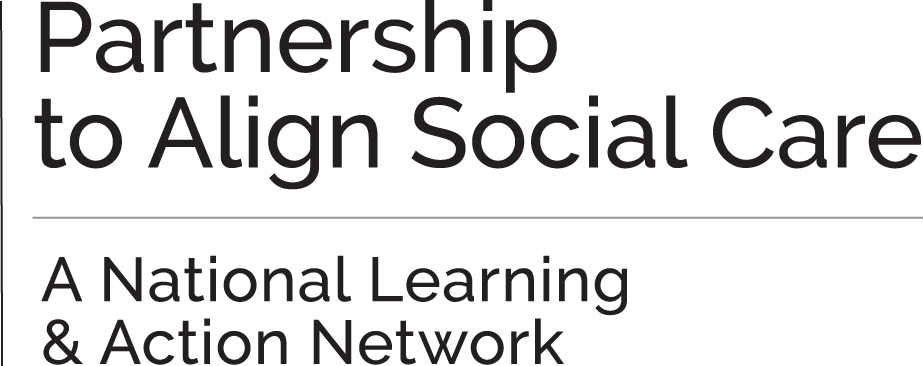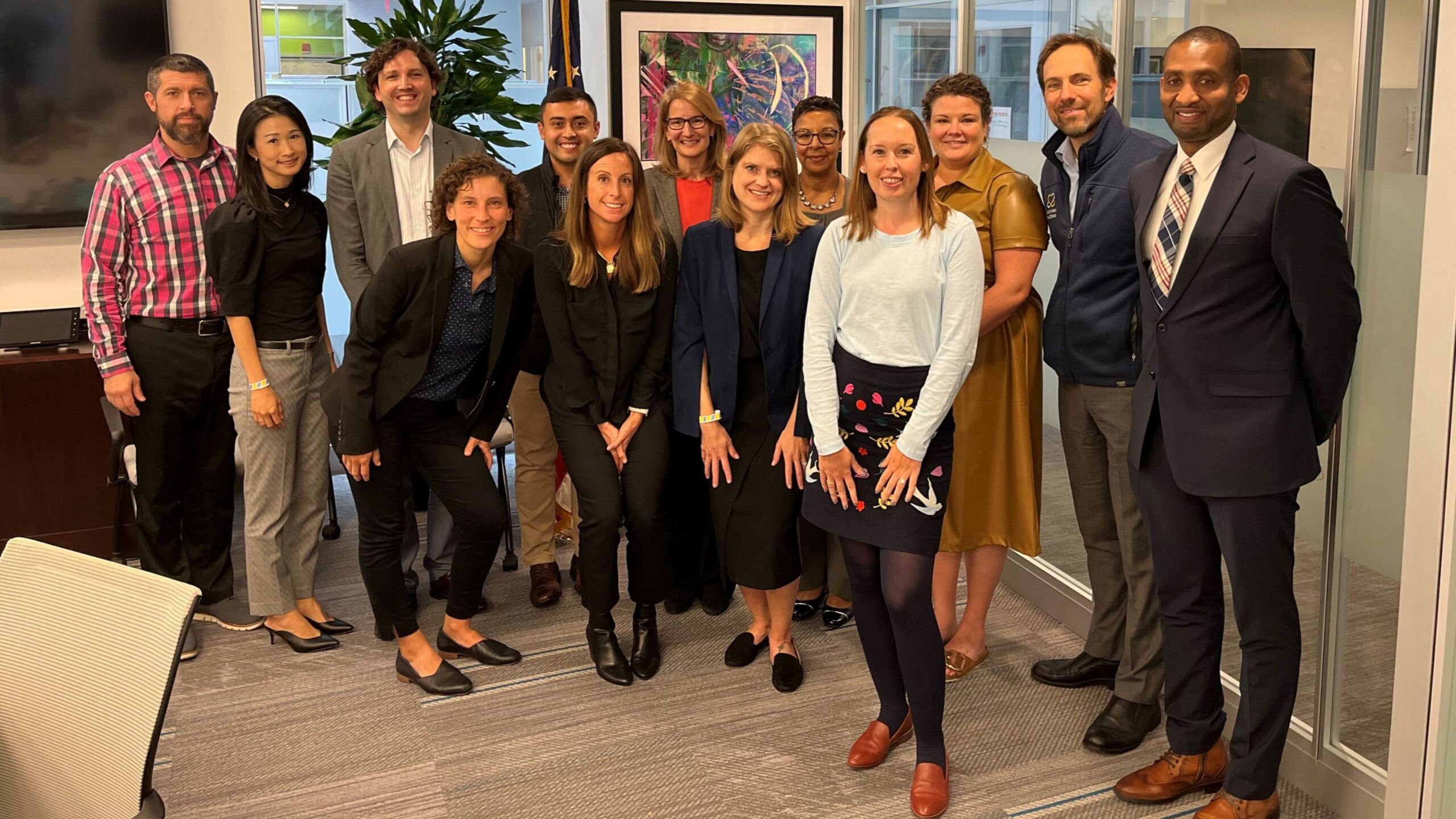A Collaborative Multi-Sector Approach Catalyzing Alignment
The Partnership works to bridge the divide between healthcare systems and Community Based Organizations (CBOs) through active coordination and collaboration on common issues and resources. Achieving this necessitates intentional co-development of shared structures that enable collaboration and coordination to provide quality, value-based care.
Social services providers have also recognized the importance of working with health care entities to align services and funding in a more effective and efficient manner. Concurrently, health care payers and providers are increasingly recognizing the value-proposition of coordinating with community partners to address HRSNs for their patient populations.
A Network and Hub Approach to Reforming Social Care Delivery
Health care and social care providers have long faced challenges stymieing alignment. To address these challenges, a growing number of CBOs are entering contracts with healthcare organizations as part of a network of CBOs performing as a social care delivery system.
This evolution of multiple CBOs operating as a coordinated regional network reflects an administrative approach aimed at achieving maximum operational efficiency and effectiveness, as well as the opportunity to leverage economies of scale inherent in an organized network delivery model. Additionally, an organized CBO network model can ‘level the playing field’ by creating a shared infrastructure that permits smaller CBOs, which lack organizational capacity and resources, to work directly with healthcare organizations by participating in contracting opportunities.
When CBOs organize into a social care delivery system, with the purpose of implementing sustainable and scalable interventions, the organization that assumes the lead role within that network–or backbone organization–is the Community Care Hub (CCH).
CCHs provide infrastructure for CBO members of the network to participate in contracts with healthcare organizations. They also serve as a single point of accountability for healthcare organizations that want to contract with trusted CBOs capable of addressing a spectrum of HRSNs. This network of CBOs, known as a community care network (CCN), led by a CCH, can offer the size, regional coverage, range of services, requisite data management capacity, healthcare contracting capability, and billing capacity that allow for many CBOs to operate as an organized regional social care delivery system to improve health outcomes.
Because CCHs increase shared infrastructure, efficiency, and effectiveness of individual CBOs to address HRSNs, they can also reduce costs and improve quality measures for health plans and other payers. By improving access to the right services at the right time, together they work to reduce emergency department visits, hospital admissions and readmissions—they improve clinical outcomes.
Foundational Role of the Partnership in Advancing Cross-Sector Backing for CCHs
To date, the Partnership to Align Social Care has provided a unique and promising platform for a comprehensive cross-sector co-design. Each of the organizations that are stakeholders of the Partnership have committed time and resources to define best practices through the co-design of aligned social care delivery models to enable successful care delivery partnerships between healthcare organizations, CCHs, and CCNs.
Partnership stakeholders collaborate to create and co-design new tactics, tools, and language to establish and strengthen CCHs. This focus includes how to best facilitate contracting, information on data and coding, and management and governance structures.
This work synergizes with federal efforts to promote partnerships between health care entities and CCHs. In late 2023, The U.S. Department of Health and Human Services (HHS) released a Call to Action: Addressing Health-Related Social Needs in Communities Across the Nation and additional resources to highlight community care hubs as a vital model for community care coordinated delivery systems.
The Partnership will continue to work with multi-sector partners to advance resources and initiatives that improve alignment between health care and social care sectors. Learn more about Partnership to Align Social Care stakeholders and opportunities to get involved at https://www.partnership2asc.org/stakeholders/.



